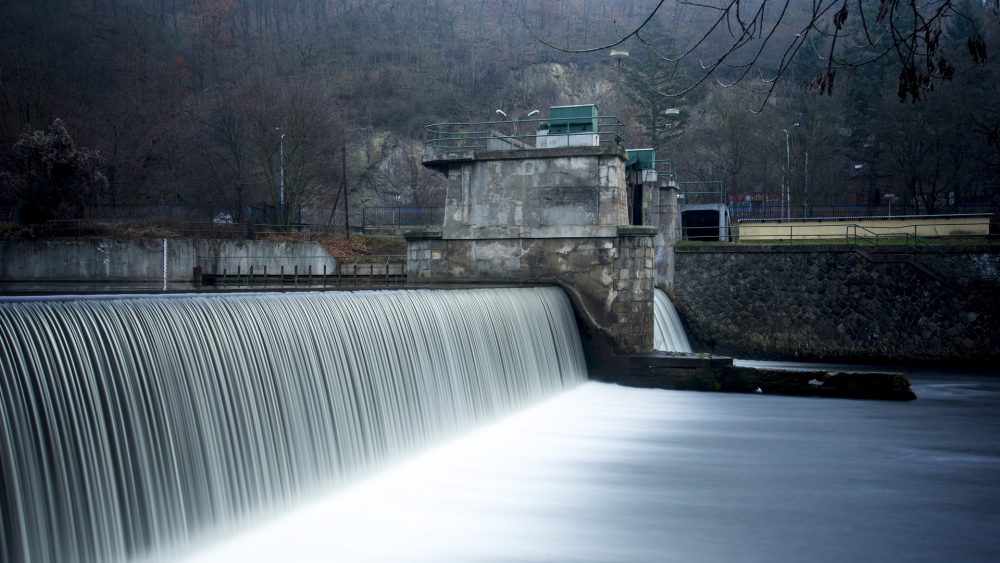Dams have been around for many years; in fact, the world’s oldest dam dates back to around 1319 -1304 BC in Syria. Whether a dam is old or new, big or small it is always important to be very cautious and aware when working around them or on them.
As weather changes, so do dams. For example, during the winter, dams may be slippery due to ice and slush, during autumn and spring the water flows and levels may change suddenly and throughout the summer boaters may get pulled against the current and swimmers may also drown (even with floatation gear).
Other Things to Lookout for:
Low head weirs – Weirs are a certain type of dam/fence that can be found in a river or stream. The image above indicates what a weir may look like. When working around weirs here a few tips on how to be safe:
- Avoid boating or swimming near weirs. Although they may look insignificant at times, they can be life threatening.
- When swimming near the weir, underwater hydraulics may pull you under.
- Weirs may block structures beyond them and cause danger to boater (on the upstream side) to become unaware of the upcoming obstacles/danger
- Always obey signs
- Ensure that you are wearing appropriate protective gear
When working carelessly around dams, not only can if effect you and your coworkers but it can also have a large impact on the environment and those within it, such as floods, economic loss, nature and other individuals. Before doing work on or near a dam ask your supervisor what potential hazards to look for and how best to work safely around them. Thus, not all dams are the same and different conditions will result in different safety precautions.


Comments are closed.